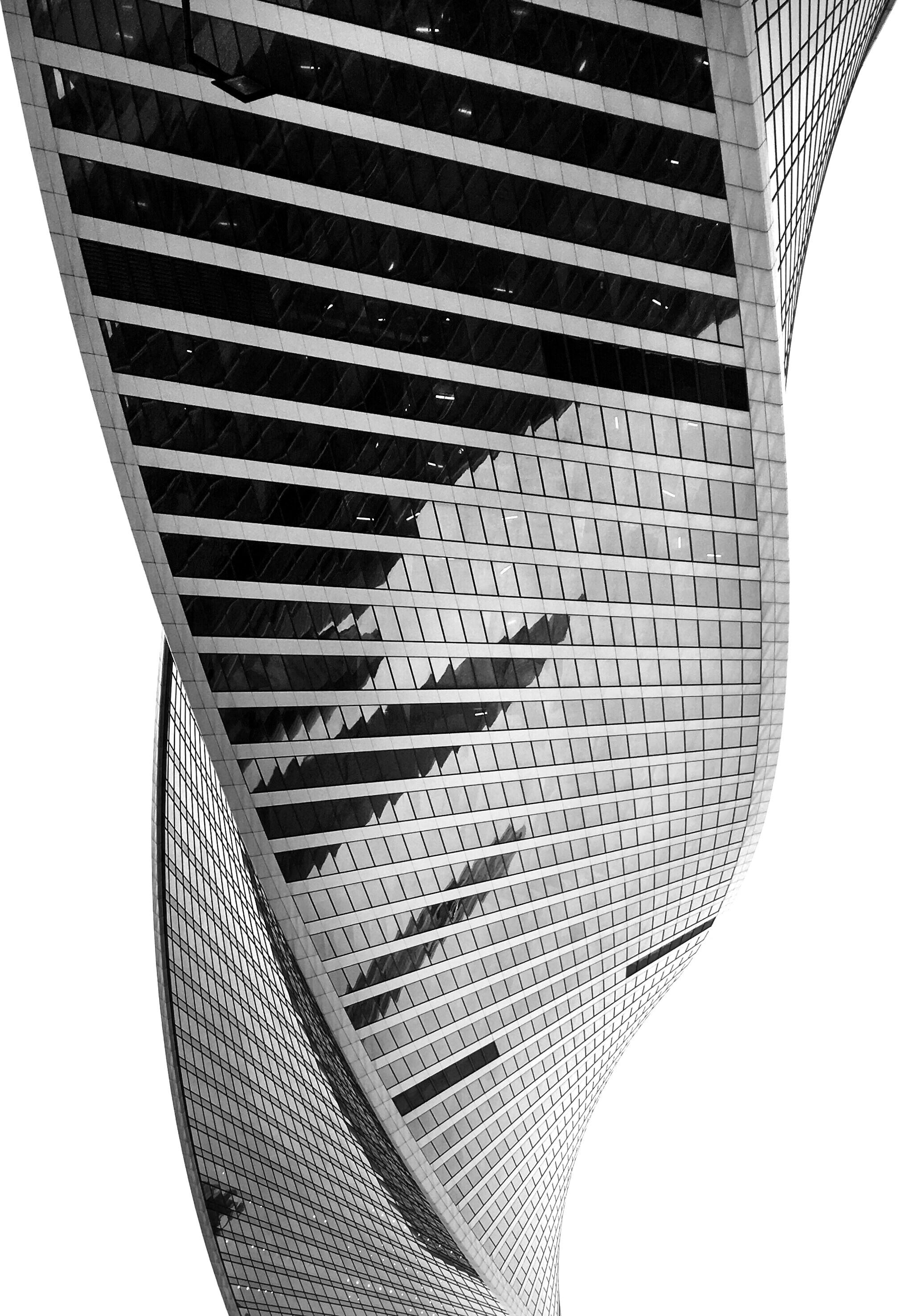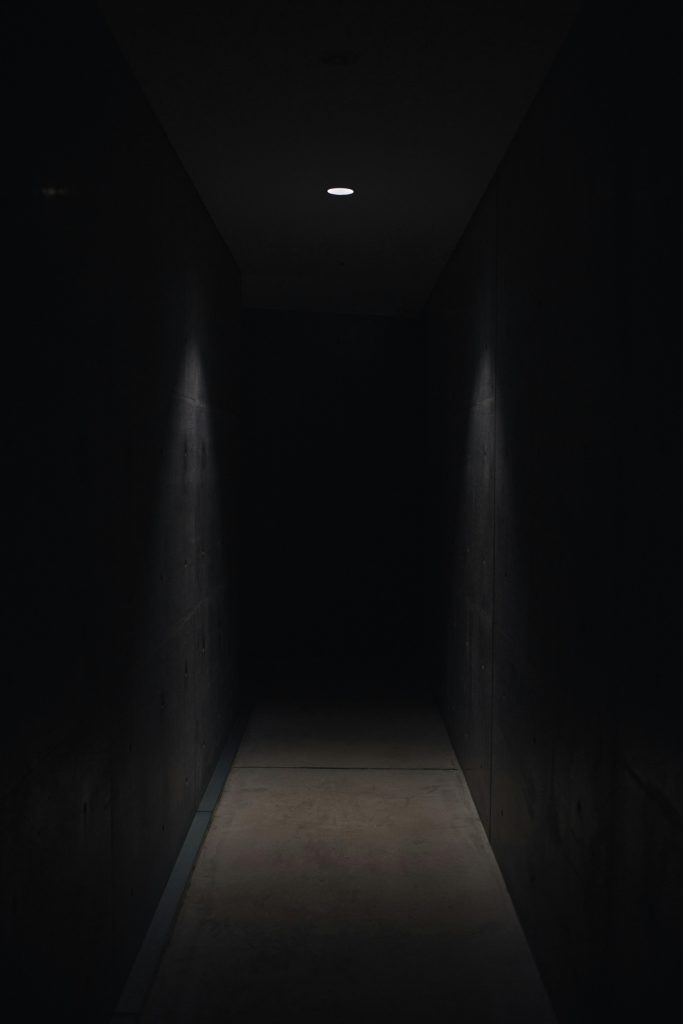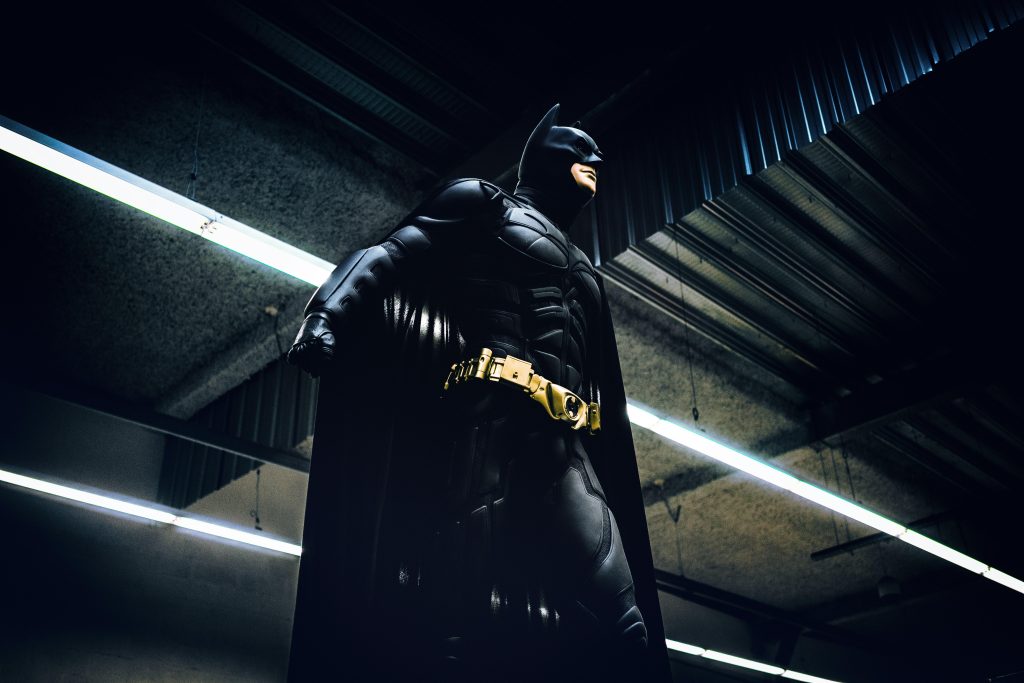In the realm of cinematic storytelling, few films have captured the imagination and sparked as much debate as Christopher Nolan‘s “Inception.” Lauded for its intricate narrative and mind-bending concepts, the 2010 blockbuster has become a touchstone for discussions about originality in film. Yet, beneath its layers of dreamscapes and philosophical musings, a contentious question lingers: Did “Inception” truly pioneer its complex plot, or did it borrow—and perhaps even steal—its narrative architecture from predecessors in the cinematic universe? This article delves into the labyrinthine corridors of film history, scrutinizing the thematic and structural elements of “Inception” to discern whether its brilliance is a testament to Nolan’s ingenuity or a clever amalgamation of pre-existing cinematic motifs. With a confident eye for detail, we explore the lineage of ideas that may have influenced “Inception,” evaluating claims of originality against the backdrop of filmic tradition.
Exploring the Origins of Inceptions Narrative Complexity
The narrative complexity of Inception has been a topic of intense discussion since its release, with its layered storytelling drawing both admiration and curiosity. To truly understand its origins, one must consider the broader landscape of films that might have influenced its intricate plot structure. While it’s tempting to label Christopher Nolan’s work as entirely original, the tapestry of its narrative owes much to the cinematic techniques and storytelling devices employed by earlier films.
- Non-linear Storytelling: Films like Pulp Fiction and Memento (another Nolan creation) have long experimented with non-linear timelines, weaving narratives that challenge traditional storytelling norms.
- Dream Exploration: The concept of exploring dreams and alternate realities is not new. Consider the influence of Eternal Sunshine of the Spotless Mind or even Waking Life, both of which delve deeply into the subconscious and the nature of dreams.
- Complex Layering: The idea of stories within stories, or meta-narratives, can be traced back to classics like Rashomon or Synecdoche, New York, where multiple perspectives and layers create a multifaceted narrative experience.
In examining these influences, it’s clear that while Inception stands as a monumental achievement in its own right, it is also a part of a rich tradition of complex storytelling. Nolan’s genius lies in synthesizing these elements into a coherent and compelling whole, creating a narrative that is both a homage to and a reinvention of its predecessors.

Comparative Analysis of Inception and Its Alleged Cinematic Predecessors
The intricate narrative of Inception has sparked debates about its originality, with critics pointing to alleged cinematic predecessors. To dissect these claims, we must examine the structural and thematic elements that purportedly link Inception to earlier films. Notably, Christopher Nolan’s 2010 masterpiece has been compared to several movies, including:
- Dreamscape (1984): Both films delve into the manipulation of dreams, yet Inception elevates this concept with its multilayered dream architecture, a feature absent in the simpler narrative of Dreamscape.
- Paprika (2006): While the Japanese animated film also explores dream infiltration, Nolan’s work distinguishes itself through its exploration of existential themes and the psychological depth of its characters.
- Dark City (1998): Although both films share a noir aesthetic and the theme of altered reality, Inception‘s plot complexity and its unique approach to time manipulation set it apart.
While these films share certain motifs with Inception, it is crucial to acknowledge the film’s unique contribution to the science fiction genre. Nolan’s narrative weaves a rich tapestry of ideas, transforming familiar concepts into an innovative cinematic experience. The brilliance of Inception lies in its execution, not just its conceptual foundation.

Decoding Inceptions Influences: Inspirations or Imitations
When examining the intricate tapestry woven by Christopher Nolan in Inception, it’s crucial to distinguish between inspiration and imitation. Nolan, a maestro of mind-bending narratives, has often cited influences from various films and directors. However, influence is a far cry from replication. The dream-within-a-dream concept, a hallmark of Inception, finds echoes in earlier works like Satoshi Kon’s Paprika and Alain Resnais’s Last Year at Marienbad. Yet, Nolan’s unique interpretation and execution set his work apart, showcasing a blend of homage and originality.
- Visual Aesthetics: Some argue the film’s striking visuals borrow heavily from earlier sci-fi and surreal films, yet Nolan’s use of practical effects and real-world physics creates a distinct visual language.
- Narrative Structure: The film’s multi-layered plot has drawn comparisons to films like The Matrix, but Nolan’s non-linear storytelling and emotional depth provide a fresh perspective.
Ultimately, while inspirations can be identified, Nolan’s film stands as a testament to his unique storytelling prowess, crafting a cinematic experience that feels both familiar and refreshingly original.

Recommendations for Appreciating Inceptions Unique Storytelling Approach
Christopher Nolan’s Inception is celebrated for its intricate narrative structure, which challenges viewers to ponder the boundaries between dreams and reality. To fully appreciate its storytelling brilliance, consider the following recommendations:
- Engage with Non-linear Storytelling: Embrace the layered narrative as a deliberate technique to reflect the film’s central themes of memory and perception. Rather than seeking a straightforward plot, enjoy the complexity as an artistic choice that invites multiple interpretations.
- Explore the Film’s Cinematic Influences: While some might argue that Inception borrows from earlier films, it is essential to recognize how Nolan synthesizes these influences into a unique cinematic language. Look for nods to classic films that explore dreams and alternate realities, such as Dreamscape or Paprika, to see how they inform, but do not define, Nolan’s vision.
- Focus on Character Development: Beyond the plot’s complexity, pay attention to the emotional arcs of the characters, particularly Cobb’s journey of redemption and loss. Their personal stakes provide a human anchor amidst the cerebral spectacle, adding depth to the narrative.
By approaching Inception with these strategies, viewers can appreciate the film not just as a puzzle to be solved, but as a rich tapestry of ideas and emotions that resonate on multiple levels.









